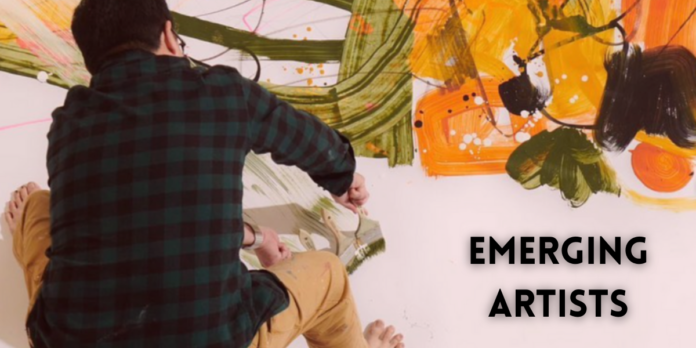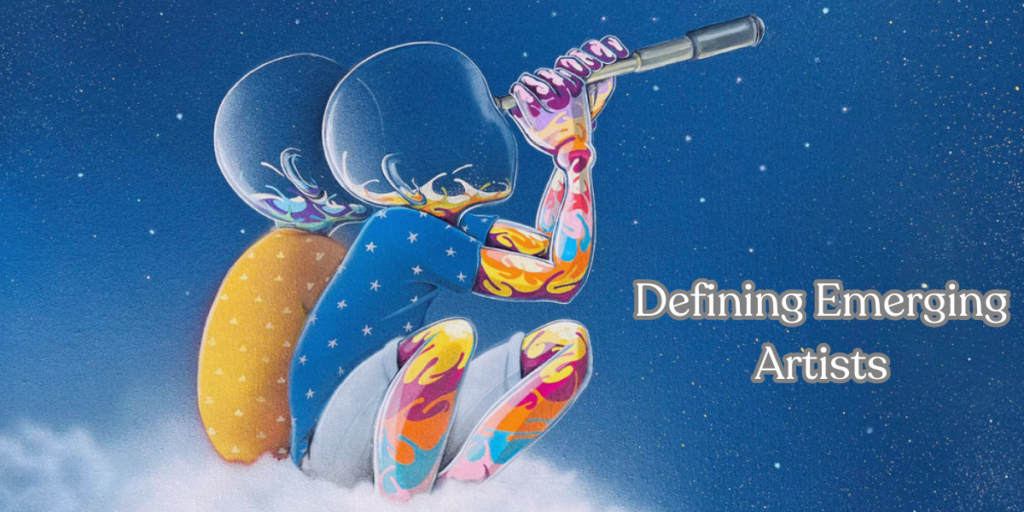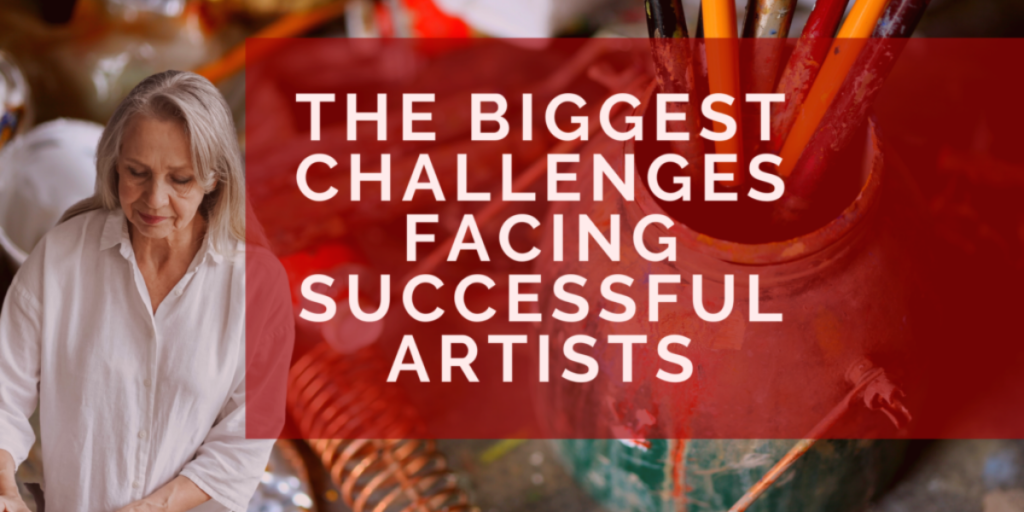In the dynamic and ever-evolving world of contemporary art, the term “emerging artists” has become a significant identifier for those who are beginning to make their mark in the industry. These artists are often characterized by their innovative approaches, fresh perspectives, and the potential to influence future trends. The journey of emerging artists is both exhilarating and challenging, filled with opportunities for creativity and recognition, but also fraught with the need for visibility and support.
Defining Emerging Artists
Emerging artists are typically those who are in the early stages of their professional careers, yet to achieve widespread recognition or commercial success. They may have had a few exhibitions or showcases and have begun to build a portfolio that distinguishes their work. Unlike established artists, whose names command immediate recognition, new artists are still carving out their place in the art world.
The concept of a new artist is not strictly tied to age but rather to career stage. Some may be recent graduates from art schools. While others could be self-taught individuals who have decided to pursue art later in life. What unites them is their potential and the originality of their work. Which often challenges conventional norms and explores new techniques and themes.
The Role of Technology
In the digital age, technology has revolutionized the way new artists create, share, and sell their work. Platforms like Instagram, TikTok, and Pinterest have become virtual galleries where artists can showcase their creations to a global audience. Social media allows artists to connect directly with collectors, galleries, and fans, bypassing traditional gatekeepers like curators and critics. This democratization of the art world has provided emerging artists with unprecedented opportunities to gain visibility and build a following.
Moreover, digital tools and software have expanded the boundaries of artistic expression. new artists are experimenting with digital painting, 3D modeling, virtual reality, and even blockchain technology to create and authenticate art. These innovations not only diversify their portfolios but also attract tech-savvy collectors and investors looking for the next big thing in art.
Challenges Faced by Emerging Artists
Despite the opportunities, new artists face numerous challenges. The art market is notoriously competitive, and gaining recognition requires more than just talent. Networking, marketing, and self-promotion are crucial skills that many artists must develop. The traditional art world still holds considerable power, and without the backing of established galleries or institutions. New artists often struggle to gain credibility and access lucrative markets.
Financial instability is another significant hurdle. Many new artists juggle multiple jobs to support their creative endeavors. The cost of materials, studio space, and exhibition fees can be prohibitive, making it difficult for artists to sustain their practice. Grants, residencies, and scholarships provide some relief, but they are highly competitive and limited in number.
The Importance of Support Systems
Support systems play a crucial role in the success of new artists. Art schools, mentorship programs, and artist residencies provide vital training, resources, and networking opportunities. Organizations like the Young Arts Foundation, the New Museum’s New Inc., and the Joan Mitchell Foundation are instrumental in nurturing emerging talent.
Galleries and collectors also play a significant role. By investing in and promoting new artists, they help to validate and elevate their work. Early support from reputable galleries can open doors to prestigious exhibitions, awards, and further opportunities. Collectors who purchase works from new artists often do so not just for investment but to support and encourage the growth of new talent.
Case Studies of Successful Emerging Artists
Several new artists have successfully navigated the challenges of the art world to gain recognition and acclaim. Consider the rise of Tschabalala Self, whose vibrant, mixed-media works explore themes of identity and the Black female experience. Her unique style and compelling subject matter have garnered attention from major galleries and collectors worldwide.
Another example is the artist duo Gilbert & George, who started as new artists in the 1960s and have since become iconic figures in contemporary art. Their provocative and boundary-pushing works challenged societal norms and paved the way for future generations of artists.
Conclusion:
The journey of emerging artists is a testament to the resilience, creativity, and passion that drive the art world forward. While they face significant challenges, the opportunities presented by technology, supportive networks, and an evolving market landscape offer hope and potential. As the art world continues to change, emerging visual artists will remain at the forefront. Pushing boundaries and redefining what is possible in art. Their success stories remind us of the transformative power of creativity and the importance of fostering new talent in all its forms.




